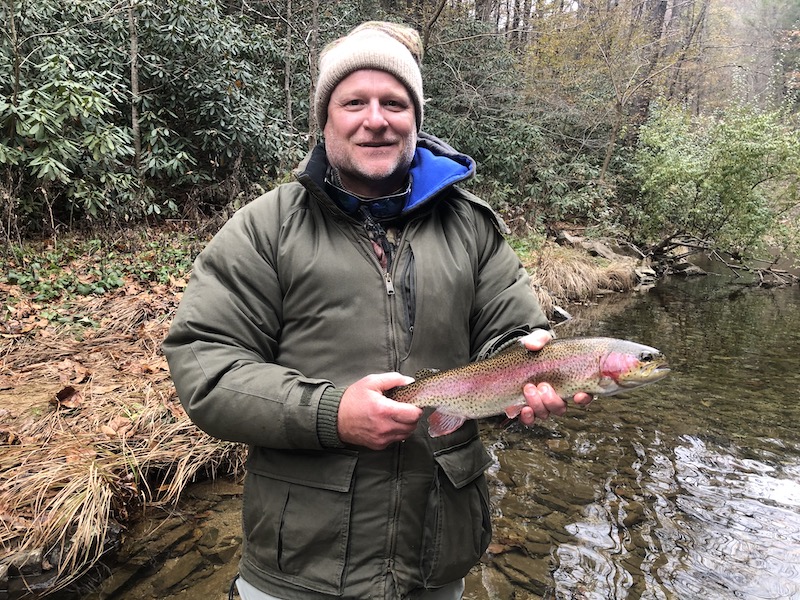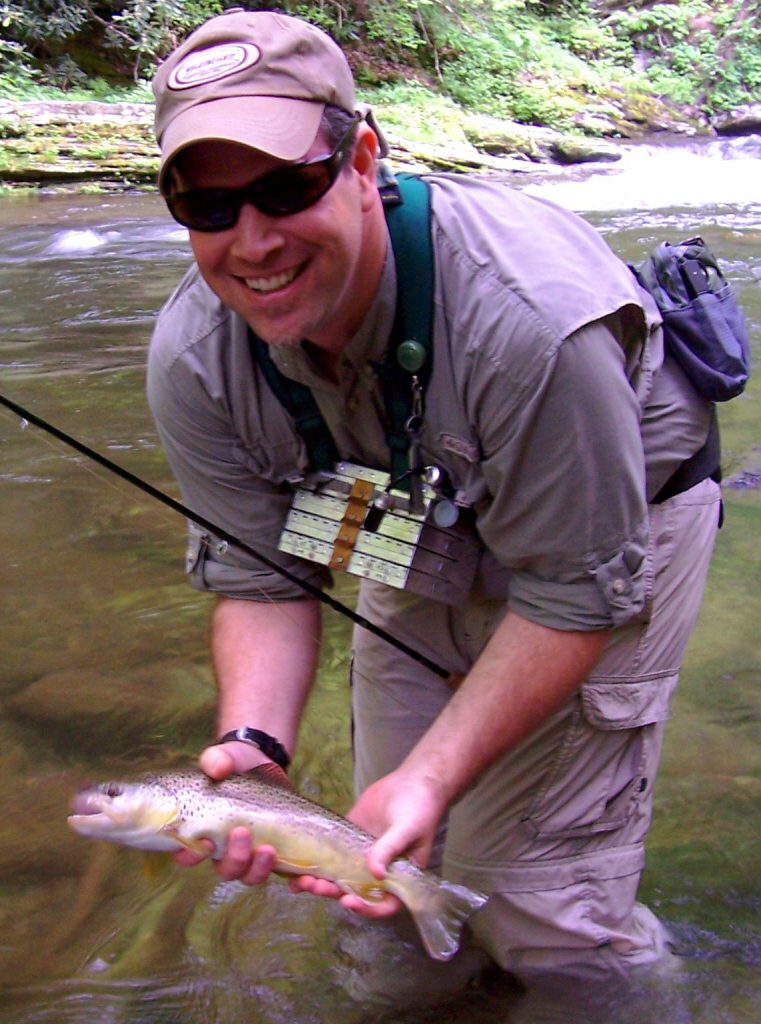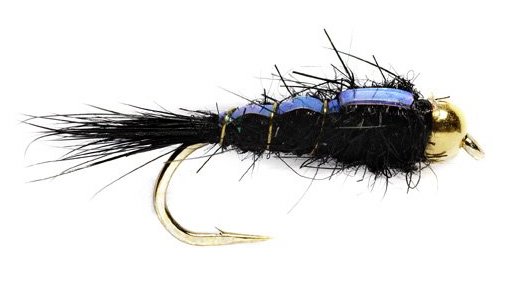
December is kind of the beginning of “fishing for the sake of going fishing” season. That’s not to say that fish can’t be caught, but we begin to see a lot more bad days than good ones, at least as far as activity goes. Spending the day on a quiet, snowy stream catching nothing is still a pretty good way to spend a day!
Mountains:
Right now we’re seeing water temps in the mid 40’s in low elevation mountain streams. As a broad rule, trout don’t feed very actively much below 50. You can still catch them but don’t expect a 40 fish day. You’ll need to nymph slow and deep and focus on the slower pools. Sleep in, eat a good breakfast and head to the stream a little later in the day. Your best fishing will be through the middle part of the day when water temps are at their warmest.
As suggested above, nymphs will be the ticket most of the time in December and throughout the winter. Darker patterns like Pheasant Tails, olive or black Hares Ears, and Prince Nymphs are good bets. Bigger stoneflies like Girdle Bug might produce but don’t disregard the small, dark Zebra Midges. I would use a tandem rig pairing a large stone with a smaller nymph.
On warmer, sunnier days, you may see isolated surface activity. If so, they’re likely eating BWO’s, black caddis, or small black stoneflies. So, you may want to keep a few of those in your box. Actually, some small Parachute Adams and Griffith’s Gnats should take care of most of your small fly needs.
Delayed Harvest:
The DH waters should be a little more productive through the colder months. Stocked trout just aren’t as impacted by the cold water temperatures. Unfortunately, the later into DH season we get, the fewer fish you will find. Poaching is always a problem on these streams. Any of the nymphs mentioned above should do okay along with any shiny or colorful nymphs you may have.
Clinch River:
This report always sounds like a broken record, but the Clinch should fish well anytime during the winter as long as you get favorable water releases. We’ve seen some good release schedules sporadically throughout the late fall. But at the time of this writing, they are running 2+ generators around the clock. You just have to keep checking. Oh yeah… midges.




